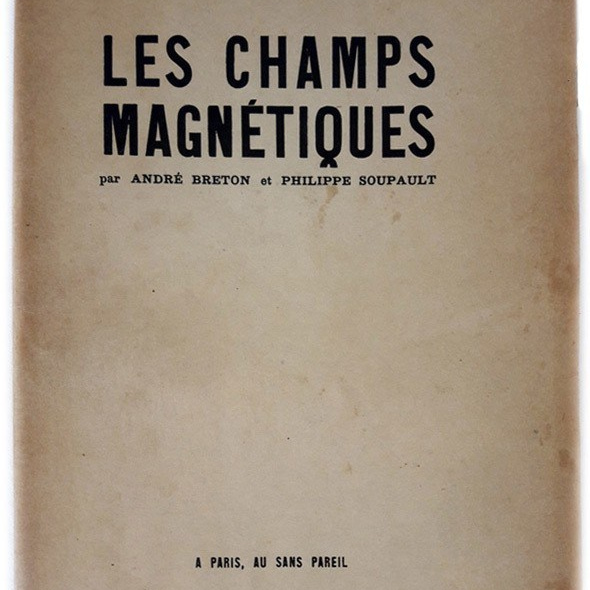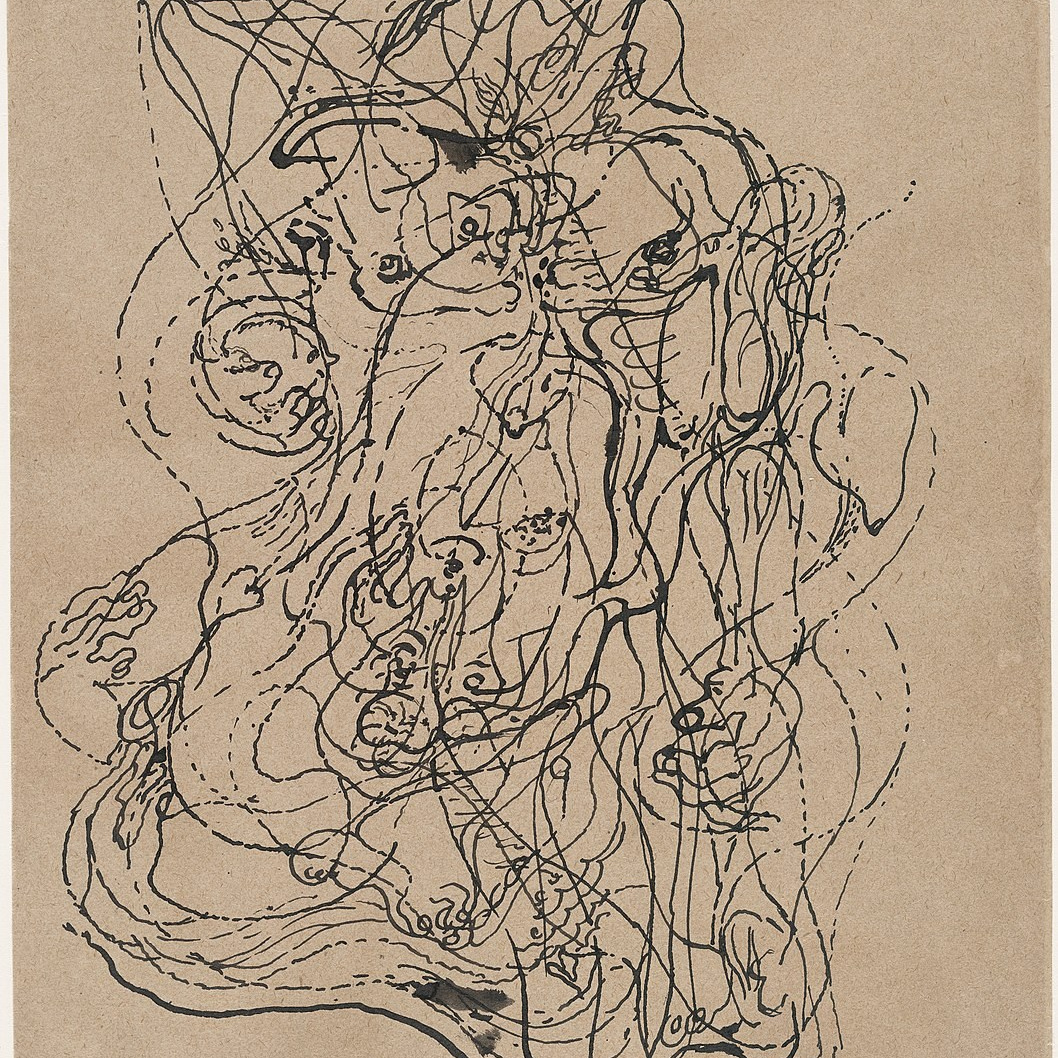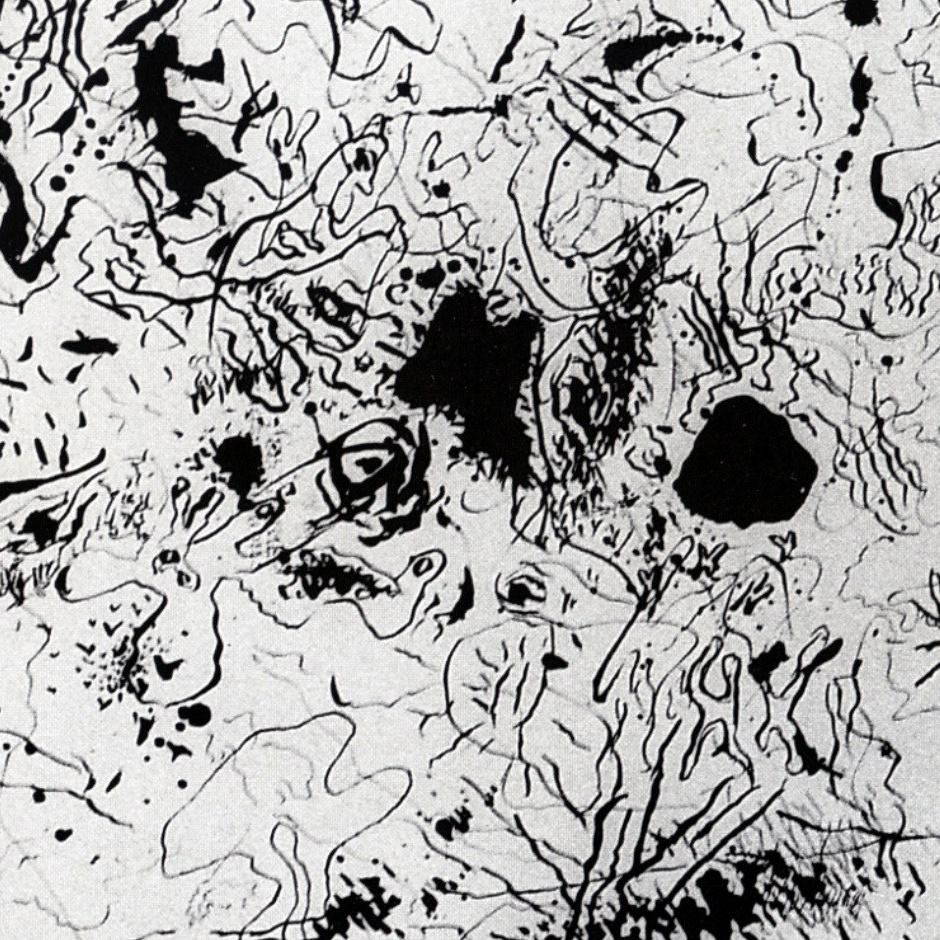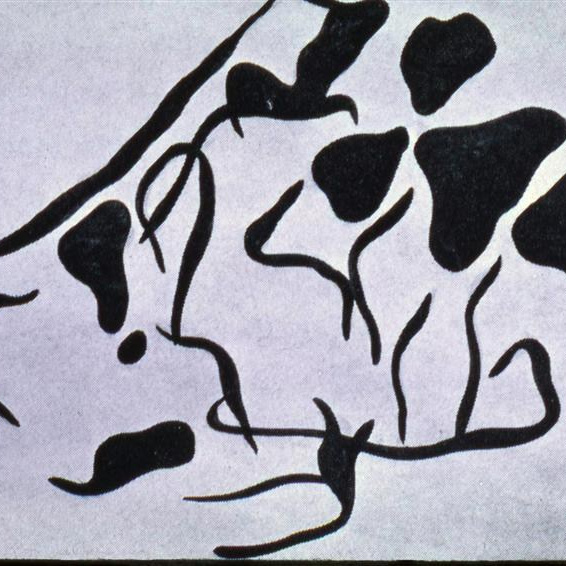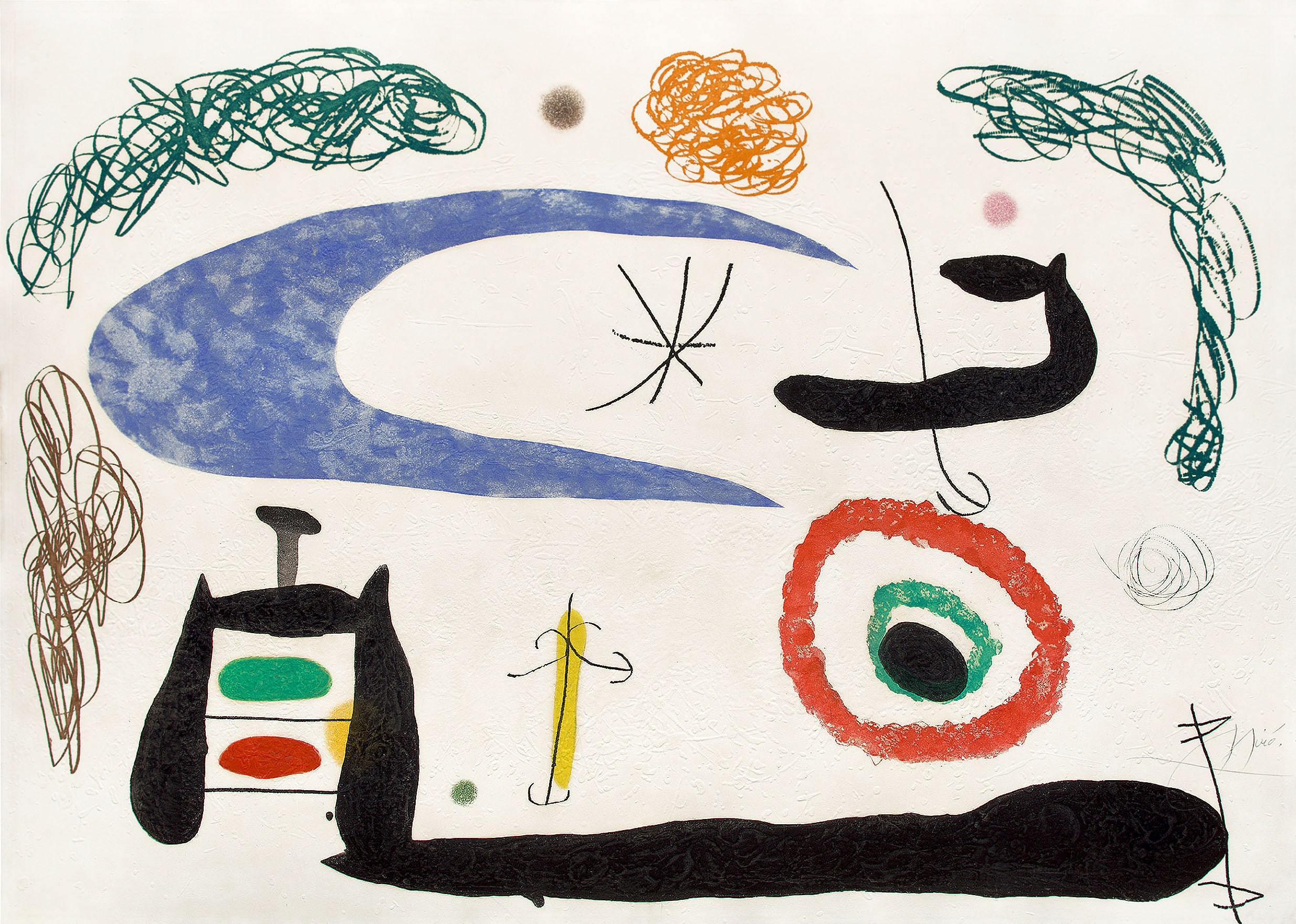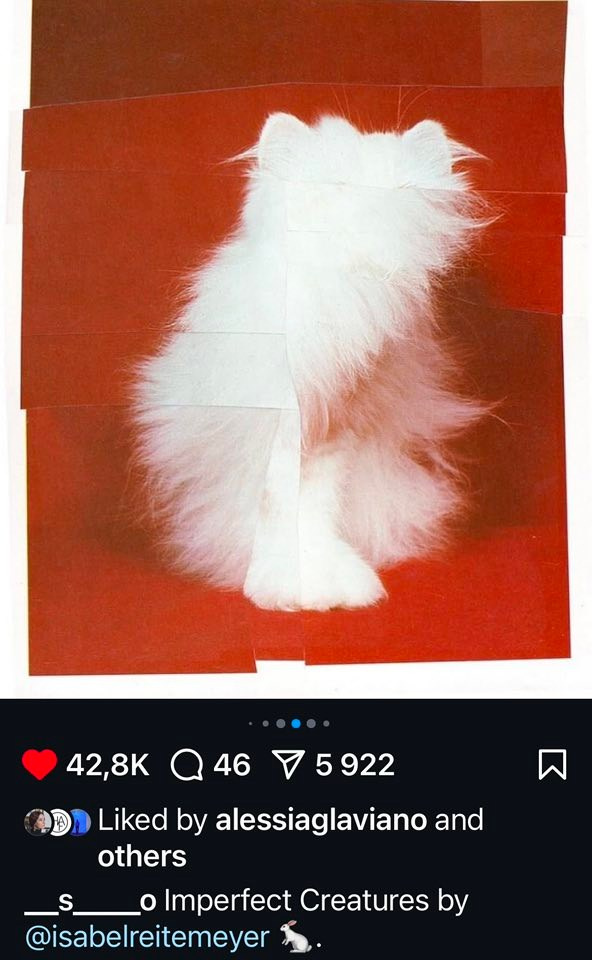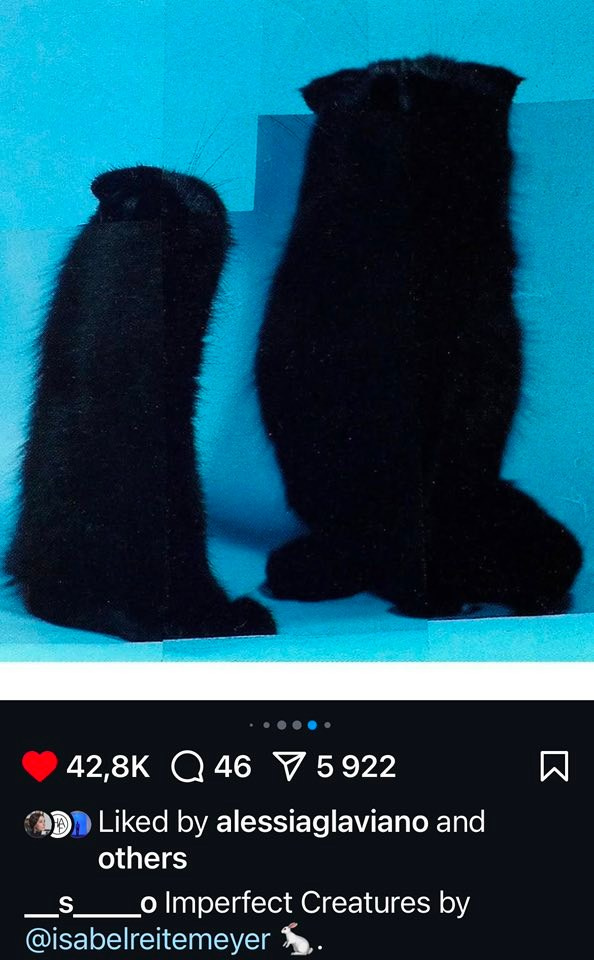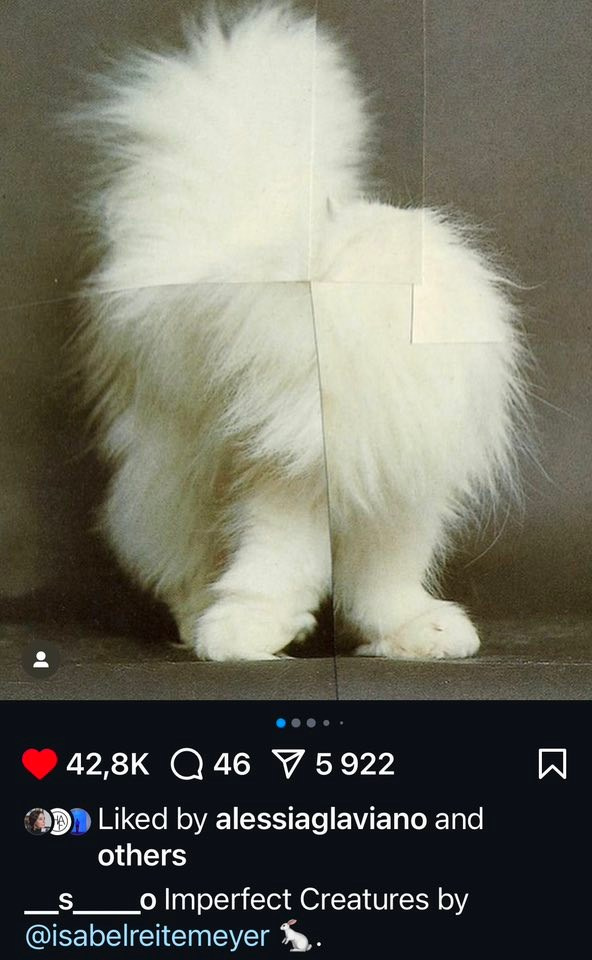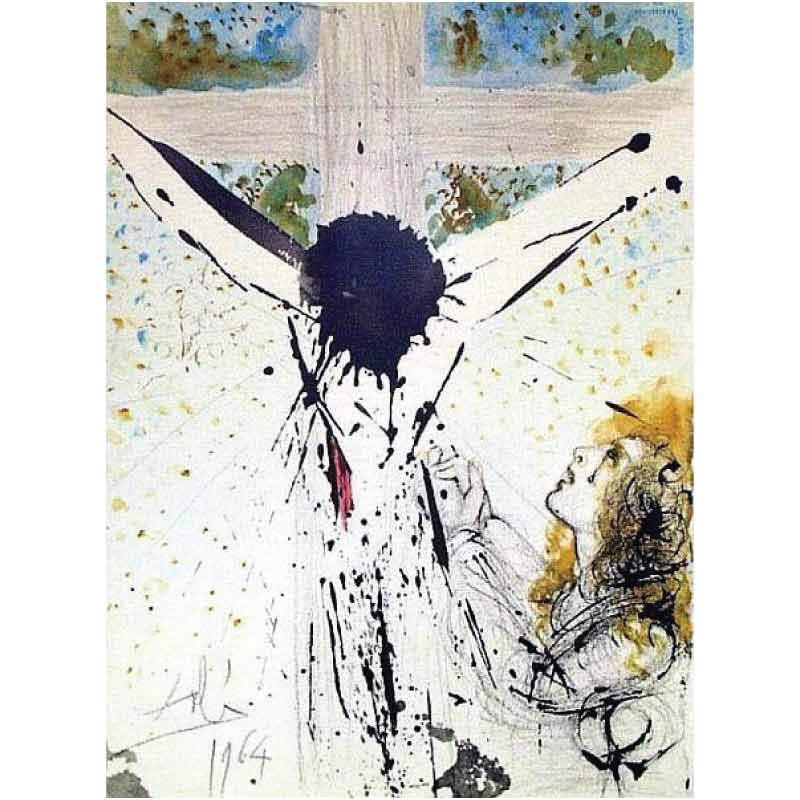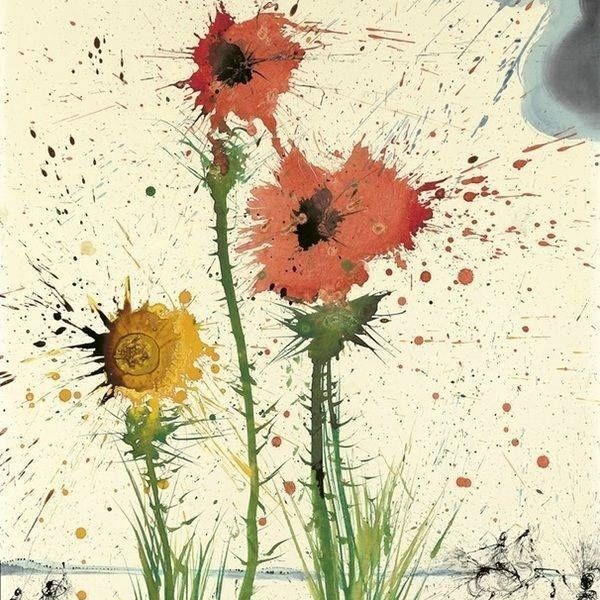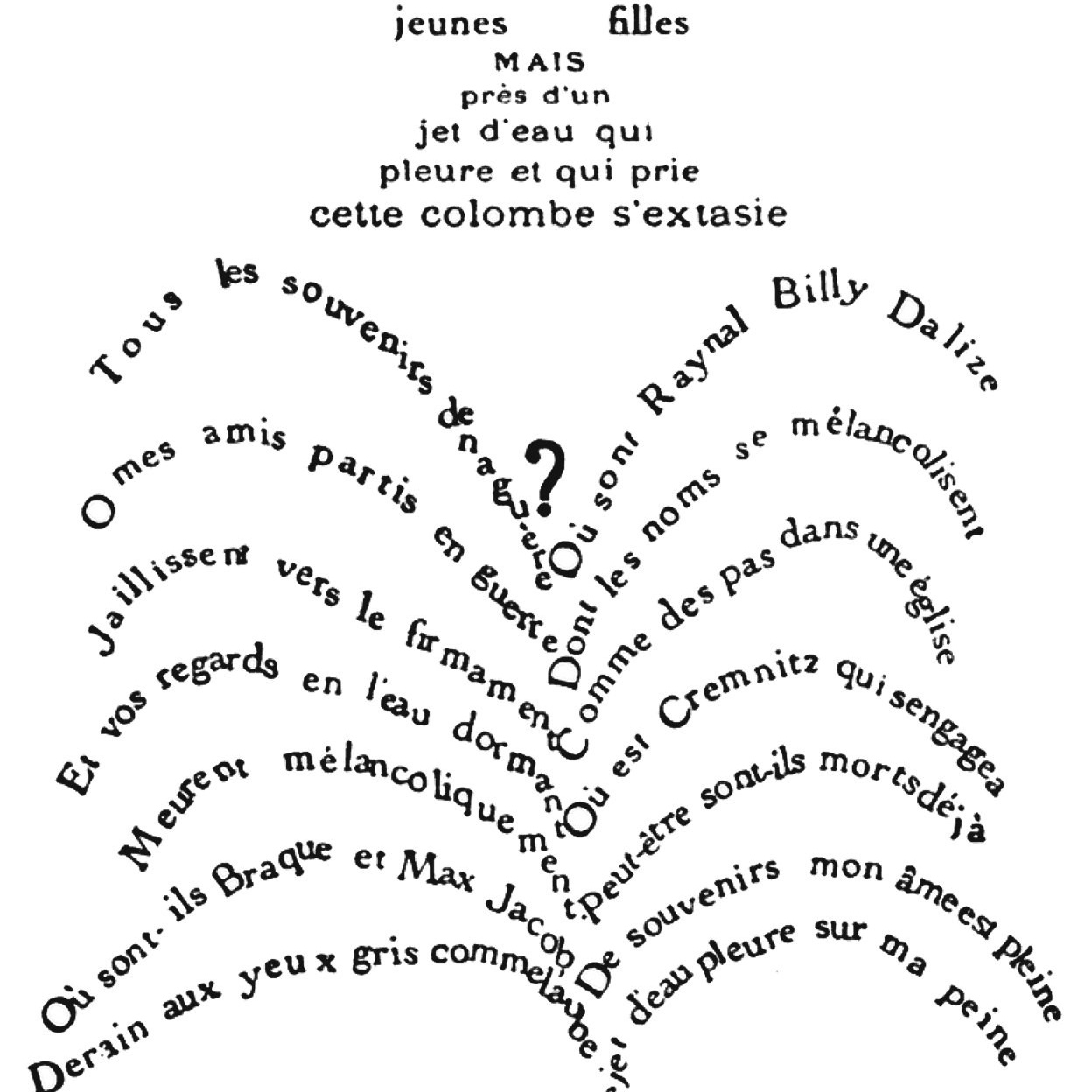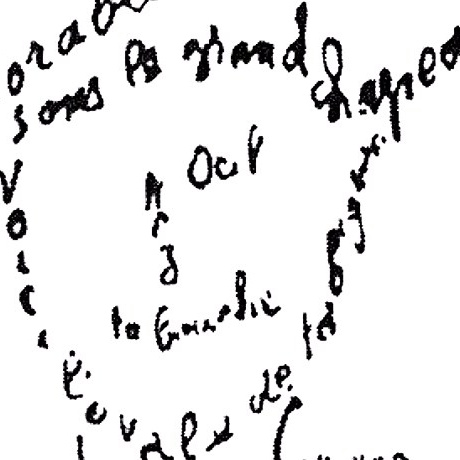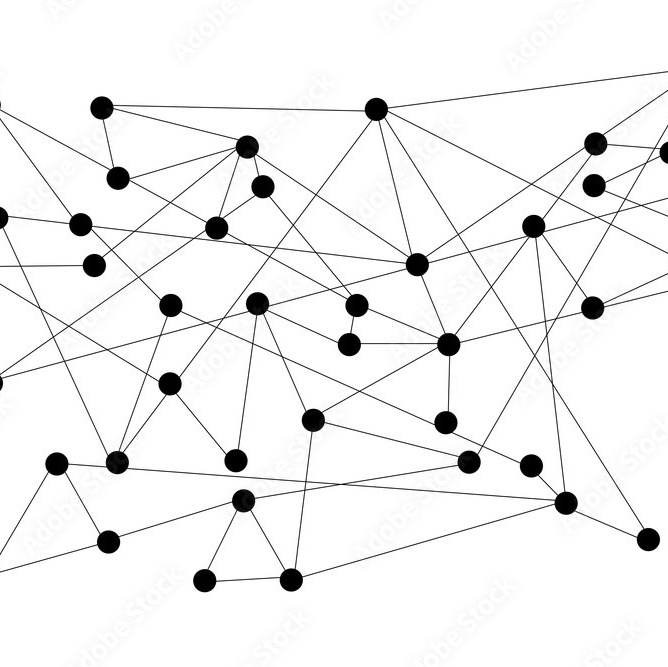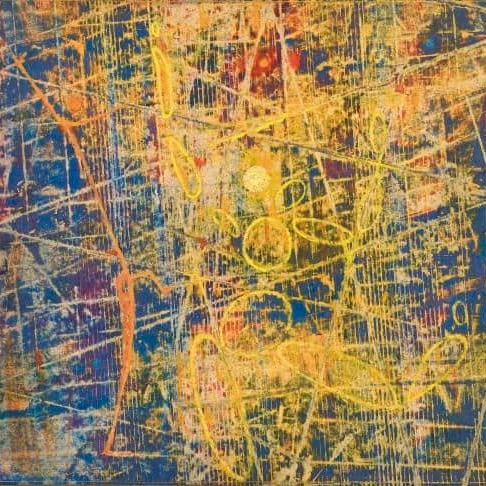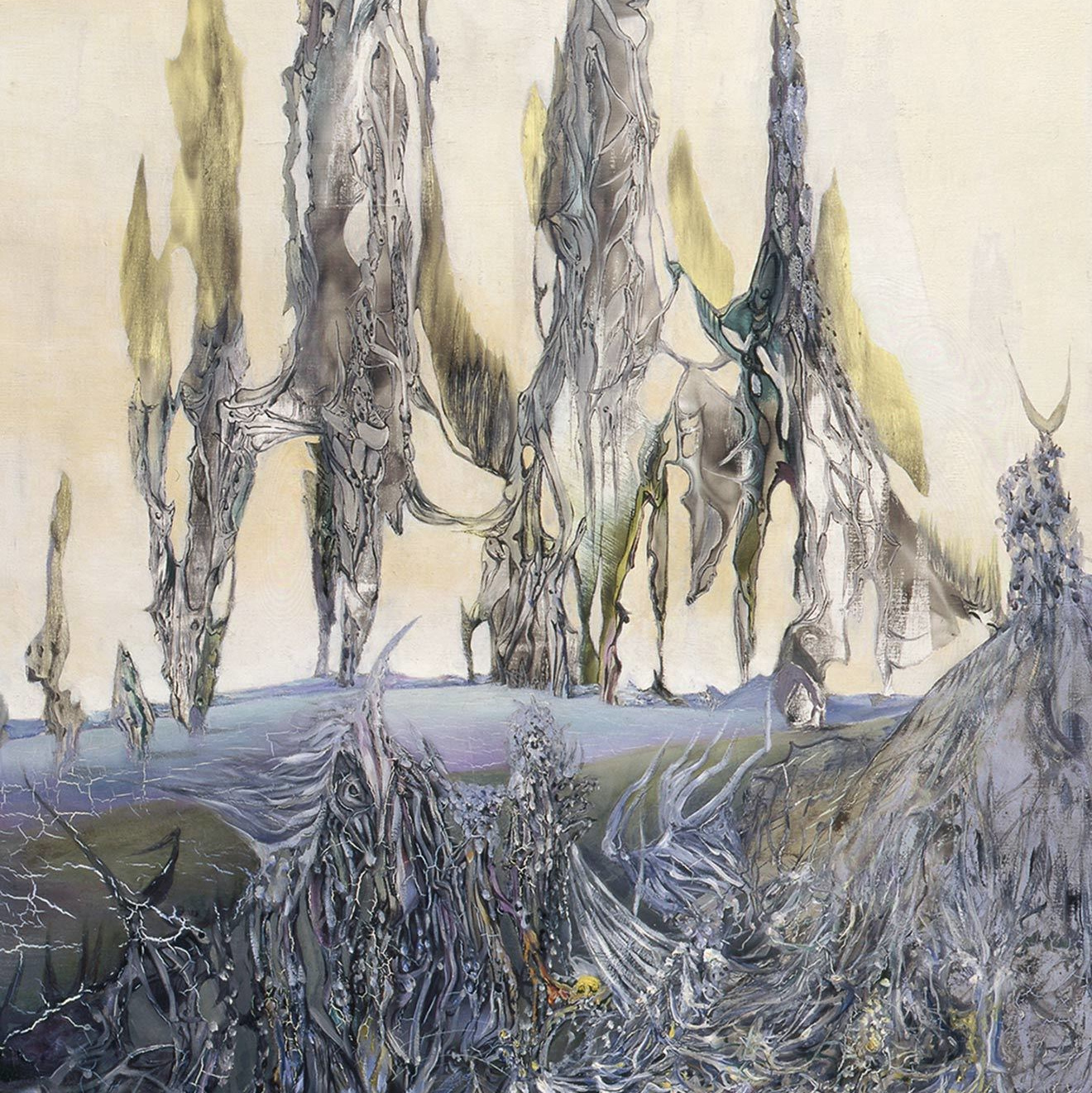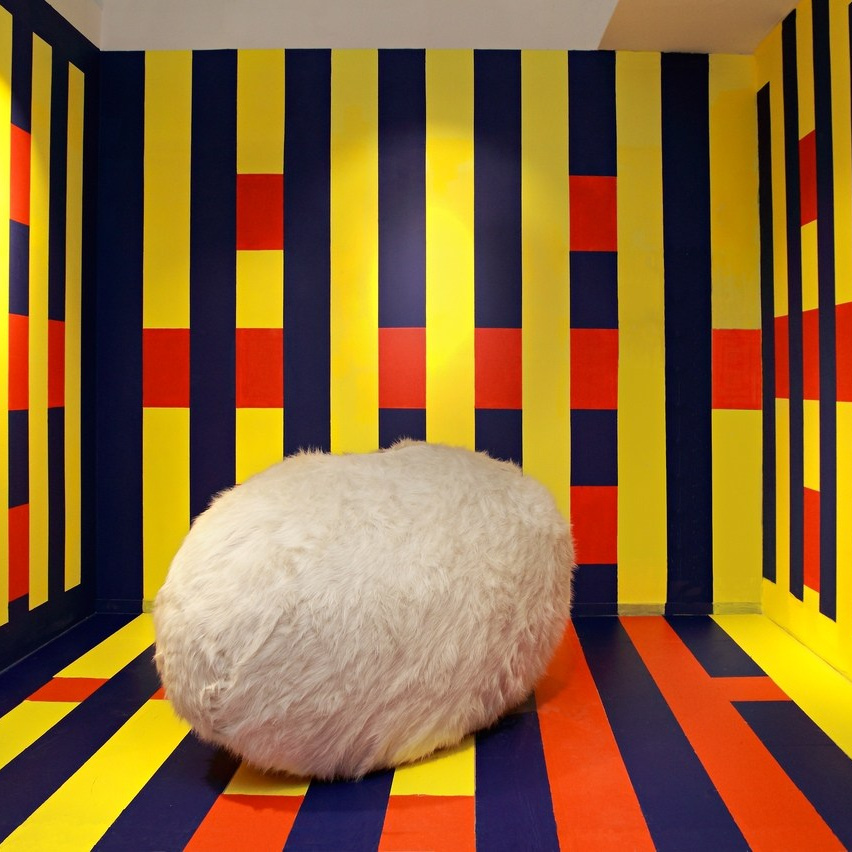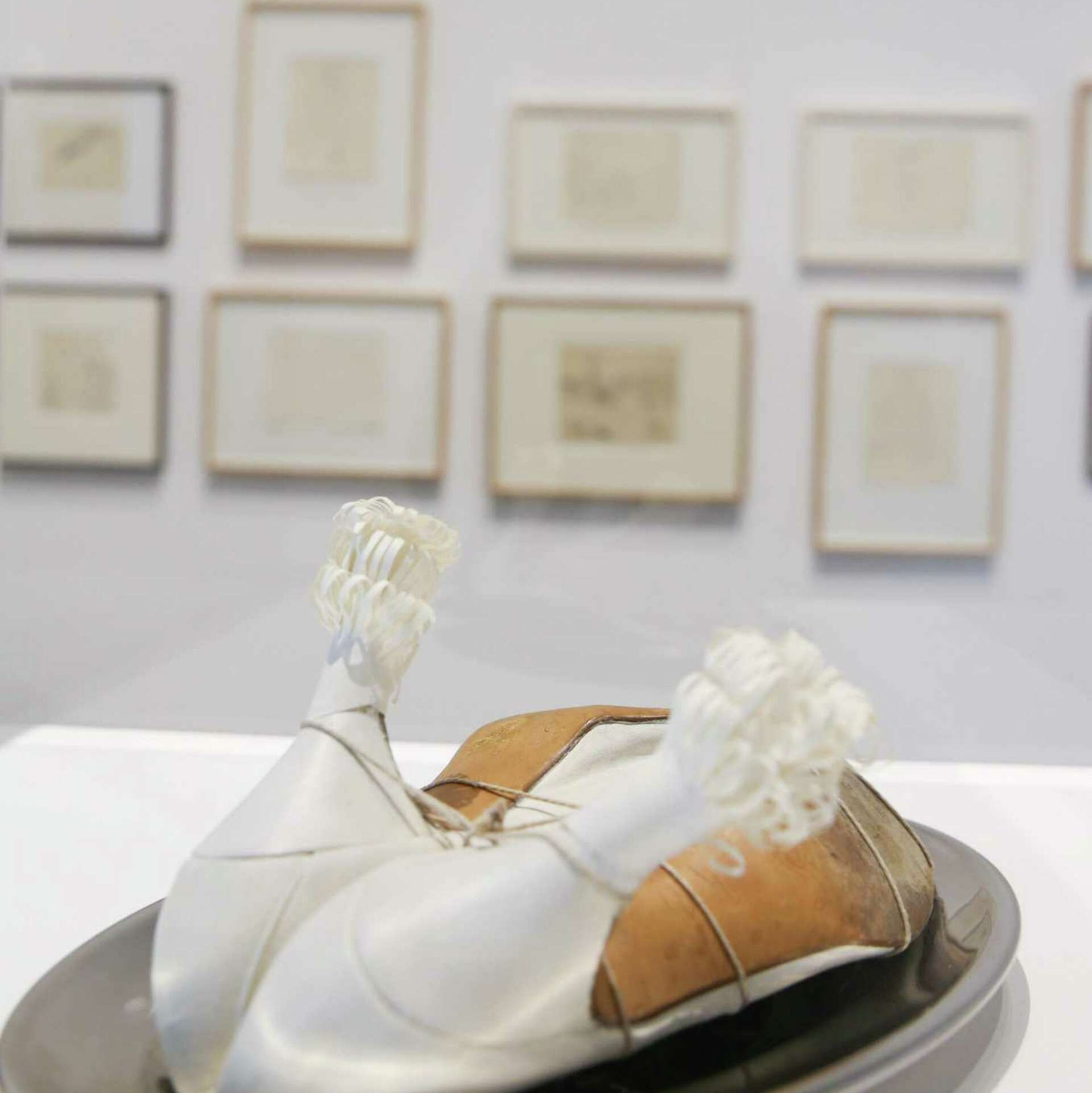Surrealism emerged in the 1920s as an evolution of Dadaism, profoundly influenced by Freud’s groundbreaking psychoanalytic theories. For the first time, scientific explorations of dreams and the automatic processes of the unconscious mind entered public consciousness. Surrealist artists sought not merely to depict subconscious imagery, but to transform reality through paradoxical representations and symbolic allusions fundamentally.
13 Surrealist Creativity Exercises: Develop Innovative Thinking & Master Contemporary Art Fundamentals
Automatic Drawing
Automatic drawing is a Surrealist and Dadaist technique where artists let their subconscious guide their hand, bypassing conscious control to create abstract, free-flowing art.
Try variations like drawing with closed eyes or placing a sheet of paper on top of your head and drawing — the key is to focus on anything except the drawing itself.
This method unlocks creativity and self-expression, making it ideal for beginners.
André Masson
Automatic drawing (1896-1987), ink on paper, made in Paris, France
Salvador Dali
Automatic Drawing. 1927. Ink on paper.
Copyright: Salvador Dalí, Gala-Salvador Dalí.Foundation / Artists Rights Society (ARS), New York
Jean (Hans) Arp
Automatic Drawing, 1917–18, dated 1916. Ink and pencil on paper.
Copyright: Artists Rights Society (ARS), New York / VG Bild-Kunst, Bonn.
Ellsworth Kelly
Automatic Drawing, Pine Branches VI, 1950, detail
Joan Miró, Dormir Sous La Lune (Sleeping under the Moon), 1969
Frottage
(from French 'frottage' — rubbing) is an artistic technique that transfers textured surfaces onto paper through rubbing motions with drawing tools like pencils, charcoal, or pastels. Officially developed as an art method by Surrealist Max Ernst in August 1925, historical evidence suggests Symbolist painter Gustave Moreau may have used it earlier. The Surrealists enthusiastically adopted frottage, often enhancing the resulting impressions with automatic drawing techniques.
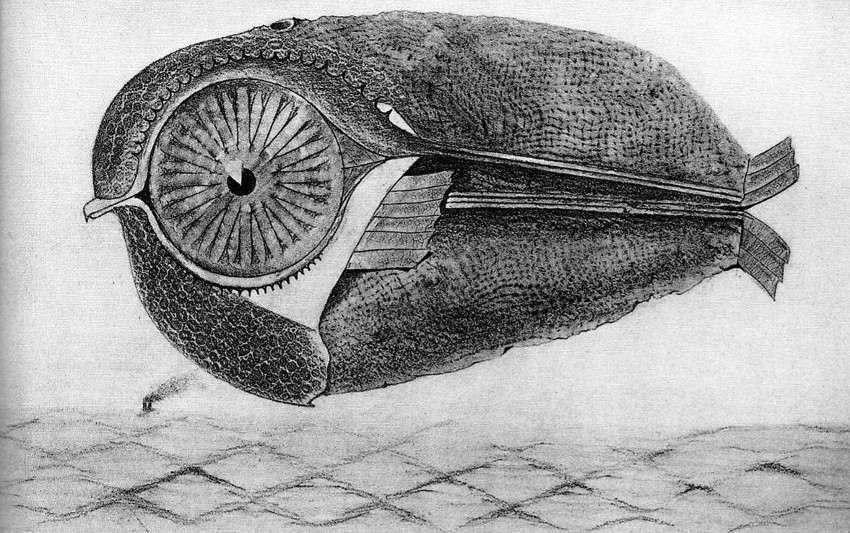

In 1926, Max Ernst revolutionized art with his publication Histoire Naturelle, a series of prints showcasing frottage’s potential through remarkably detailed textures. This technique has since become a staple for artists seeking to create unique, organic patterns.
How to Create Frottage Art:
Materials:
- Textured surfaces (wood, leaves, fabric, coins)
- Soft drawing tools (pencil, charcoal, sanguine)
- Thin paper (Xerox or papyrus paper works well)
Technique:
- Place your paper over a textured object
- Gently rub with your drawing tool to reveal the hidden patterns
- Experiment with pressure and angles for varied effects
Pro Tip: Try layering multiple frottages for surreal compositions!
Frottage
The Perfect Technique for Exploring Textures
Automatic Drawing: A Mindful Doodling Technique
Let your hand move freely while your mind wanders — focus on conversations, observe your surroundings, or daydream. The phone becomes your perfect creative partner: those long calls transform into spontaneous art sessions where subconscious marks flow effortlessly onto paper.
Exquisite Corpse
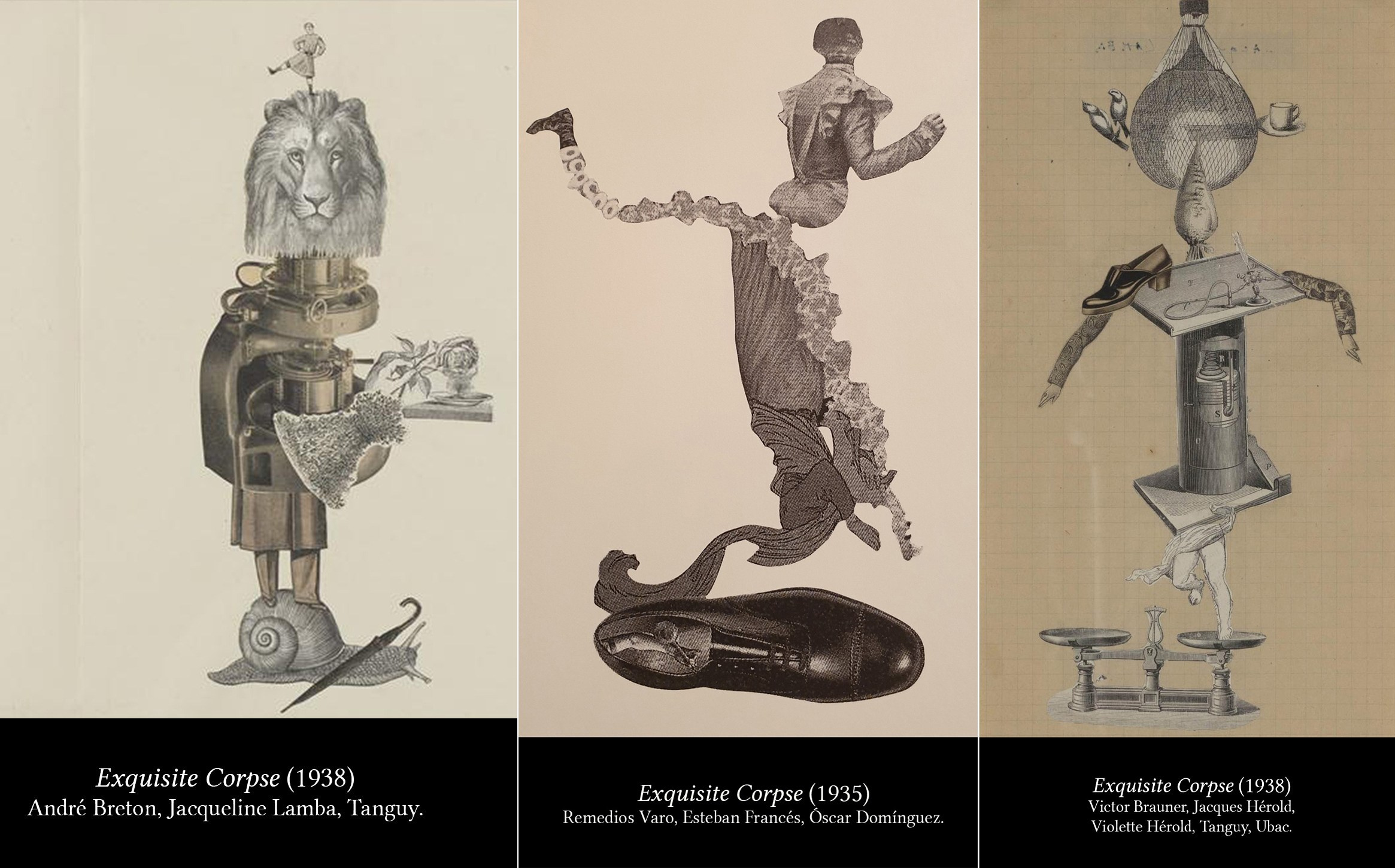
Exquisite Corpse: The Surrealist Collaborative Game
Origins:
First played by Parisian surrealists in the 1920s, this game takes its name from the unexpected phrase that emerged during their first session: “Le cadavre exquis boira le vin nouveau” (“The exquisite corpse will drink new wine”).
Written Version:
- Players: 2 or more
-
How to play:
- Players alternate writing words or phrases on a folded paper
- Each player only sees the immediately preceding entry
- The final reveal creates surprising poetic connections
Drawn Version:
- Players: 2 or more
-
How to play:
- Participants take turns drawing sections of a figure
- Fold to conceal your portion after each turn
- Mark connection points for the next artist
- The paper transforms into a folded “accordion”
- Unfold to reveal your collective surreal creation
Why it’s special:
This game celebrates chance encounters and unconscious creativity, perfectly embodying the surrealist spirit of unexpected connections.
Solo Exquisite Corpse: A Creative Twist for Kids”
This simplified version of the classic surrealist game is specially designed for young artists aged 3+ to enjoy independently.
Collage
Collage: Mixing Materials to Make Art”
Collage is when artists glue different materials together to create new pictures. Famous artists like Picasso and Braque started using this technique in the 1900s, and it became very popular in modern art.
Surrealist artists loved collage because:
- They could combine random things to make strange new pictures
- The unexpected mixes made people feel surprised or confused
- It helped show ideas from dreams and the imagination
Artists like Max Ernst and Dalí made collages with weird combinations:
▸ Insects + body parts
▸ Buildings + nature
▸ Normal objects in strange places
These dreamlike collages made people see the world in new ways.
Cubomania
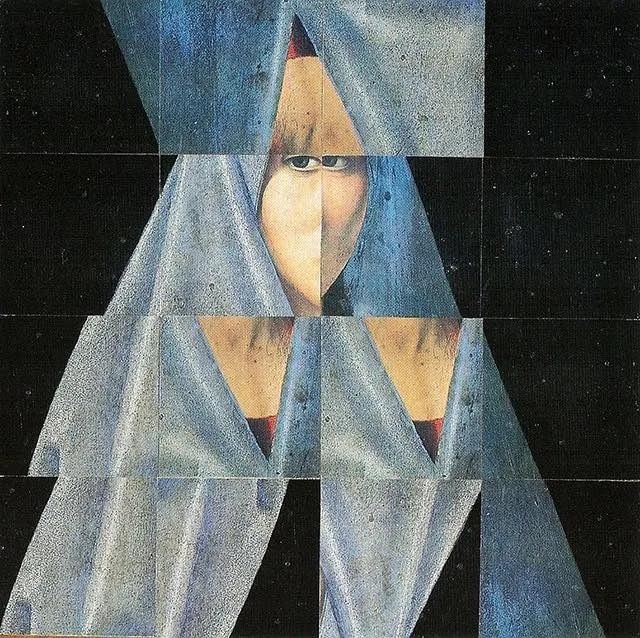
Cubomania: The Surrealist Art of Chance”
Created by Romanian artist Gherasim Luca, this innovative technique involves:
- Cutting an image into equal squares
- Randomly rearranging them to form a new composition
Key Principles:
- Destroys the original image’s meaning
- Creates near-abstract results
- Embraces chance over artistic control
- Reveals unconscious visual connections
The name combines “cubo” (cube) and “mania” (obsession), reflecting the method’s grid-based madness. Luca saw this as a way to bypass conscious creation and tap into deeper psychological processes.
You might spot Cubomania in today’s fashion editorials — this surrealist technique has become
a favorite for creating eye-catching, disrupted imagery in high-end magazines.
Decalcomania
Decalcomania: The Surrealist Art of Chance
What is it?
Decalcomania is an automatic Surrealist technique that creates unpredictable, organic patterns through paint transfer between surfaces. Popular in the 1930s-40s, it became a key method for exploring subconscious imagery.
How it Works:
- Apply wet paint (thick or diluted) to a smooth surface (glass/paper)
- Press onto canvas/paper and carefully peel apart
- Reveal unique, fluid formations resembling:
- Dream landscapes
- Biological forms
- Abstract structures
Artistic Process:
Many artists, like Oscar Domínguez (who pioneered its abstract use), would then:
- Interpret the random patterns
- Develop them into figurative scenes
- Enhance the surreal elements with additional drawing
Notable Practitioners:
- Max Ernst (used for eerie textures)
- Hans Bellmer
- Yves Tanguy
- Remedios Varo
(Each adapted the technique differently — Domínguez’s abstract approach stood apart)
Bulletism
Bulletism: Invented by Bruno Eloi in 1936, this technique involved spraying ink or paint onto a clean surface. The resulting patterns, seemingly random, were then interpreted and transformed into representational images. It embodies the surrealist embrace of chance and surprise.
Salvador Dali
The Aura, 1957
Salvador Dali
Tolle, tolle, crucifige eum (John 19:15), 1964
Salvador Dali
Spring Explosive, 1965
Paul Jackson Pollock
At work in his studio
Calligram
Calligram: Finding poetry in a new language.
Made famous by Guillaume Apollinaire, calligrams go beyond simple word-image pairs. They use the visual arrangement of text to directly enhance or even become the theme of a poem or message. Text doesn’t just describe, it shows. Think of words shaped like falling rain directly illustrating a poem about rain.
Guillaume Apollinaire
Guillaume Apollinaire
Guillaume Apollinaire
Raymond Antrobus
Sculptural automatism and coulage
Sculptural automatism and coulage: automatism, a core principle of surrealism, aims to create art without conscious control. In sculpture, this may involve the ability of the hands to instinctively manipulate materials such as clay or plaster, guided by impulse rather than by preconceived plans. Coulage is a specific technique in this field. It involves dripping or pouring molten materials such as wax or lead into cold water. The rapidly hardening forms, entirely controlled by chance and the properties of the materials, create unpredictable and fascinating sculptural pieces.

Entopic Graphomania
Entopic Graphomania: Developed by Dolfi Trost, this technique involved placing dots at the intersections of lines on a printed material (such as newsprint). These dots were then connected by lines, resulting in complex abstract designs conditioned by an existing but arbitrary structure. This highlights the Surrealists' interest in finding the unusual in the ordinary.
Dolfi Trost
Entopic Graphomania, 1945
Rob Matthews
Entopic Graphomania
Leiana
Abstract surrealist art pattern, Entopic graphomania, vector illustration
Grattage
Grattage: Invented by Max Ernst, grattage involved scraping paint from a prepared surface (often textured by rubbing it onto objects). The resulting textures and patterns, created through the interplay of chance and the artist’s manipulation, evoke dreamlike and unsettling landscapes.
Involuntary Sculpture
Involuntary Sculpture: Similar to sculptural automatism, this technique emphasizes the unintentional or accidental creation of sculptural forms. This may involve accumulating discarded materials, modifying found objects through subconscious gestures, or simply observing the unintentional sculptural qualities of everyday objects.
Assemblage
Assemblage: Although it predates Surrealism, assemblage, the art of creating three-dimensional compositions from found objects, became a favored technique of the Surrealists. Artists such as Joseph Cornell, Kurt Schwitters, and Louise Nevelson collected seemingly disparate objects and combined them to create surprising, often unsettling, narratives and visual metaphors.
Leni Smoragdova
Transaction’s Eggs, 2019
Meret Oppenheim
Object, 1936
Meret Oppenheim
1920-1930е
Surrealist Strategies for Student Artists
Unlock your creativity and develop a unique artistic voice with these surrealism-inspired approaches:
1. Embrace Chance
Experiment freely with unconventional materials and techniques—try bullet art, assemble found objects, or explore graphomania. Let spontaneity guide your process rather than predetermined outcomes.
2. Follow Your Instincts
Silence logic and let your hand move intuitively. Prioritize the act of creating over the final product—your subconscious often knows best.
3. Collaborate
Join group projects like Exquisite Corpse to spark ideas you’d never conjure alone. Collective creativity fractures the ordinary and births the unexpected.
4. Document Everything
Keep a visual diary of sketches, notes, and observations. This archive becomes fuel for future work and reveals hidden patterns in your thinking.
5. Reimagine the Everyday
Train your eye to see the extraordinary in mundane objects—a crack in pavement, a rusted key, or wrinkled fabric might hold your next surreal narrative.
6. Celebrate “Mistakes”
What first appears as errors are often portals to originality. As the Surrealists proved, the most compelling discoveries arise from unplanned detours.

